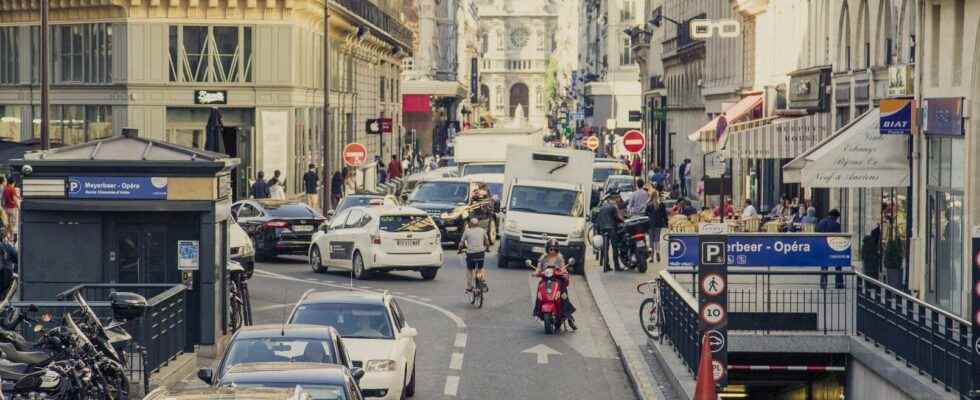You will also be interested
Already available in the United States, Canada and Germany, the suggestion of eco-responsible and more fuel-efficient routes in Google Maps is now activated in France as well as in 40 European countries. In addition to the fastest route, Google’s guided navigation service will also offer the most fuel-efficient route when traveling by car prevails over other alternatives. Motorists can compare the two options and prefer the route that allows them to save fuel and reduce emissions of CO2.
To optimize this suggestion, Google Maps will take into account the type of motorization of the vehicle (petrol, diesel, hybrid or electric). In a few weeks, users will be able to add this information and thus benefit from the most precise estimate possible of the expected gain in terms of fuel consumption andenergy.
Artificial intelligence at the service of ecology
” Since its launch in the United States and Canada, we estimate that this feature has already resulted in a reduction of more than 500,000 tons of CO2 emissions, the equivalent of 100,000 cars at thermal motor withdrawn from circulation », declares Google. With the introduction of fuel-efficient routes across Europe, the internet giant believes it can target a reduction of one million tonnes of CO2.
” In 2020, road transport was the main source of CO2 emissions across the European Union (including the UK and Iceland), accounting for 26% of total CO2 emissions “reminds Google. The company explains that it has developed machine learning algorithms by combining traffic models from Google Mapsthe most common engine types by region with data from the National Laboratory of renewable energies the United States Department of Energy (NREL) and those of the European Environment Agency.
Google Maps shows low emission zones in several European cities
Article from ETX Daily Up, 07/28/2021
The Google Maps mapping service is enriched with a new feature that signals the presence of a regulated urban area where restrictions apply to the most polluting vehicles. Motorists can then opt for another mode of transport or change the route.
If you are driving in the French capital, you will now be able to know the so-called “low mobility emission” zones and adapt your route accordingly, or even opt for another mode of transport. To receive these alerts, go to Google Maps. The American giant has just launched this new feature in Paris, as well as in other major European cities.
Motorists are no doubt aware that many cities have implemented measures application aimed at reducing pollution and improving the quality ofair in urban area. Since June 1, 2021, traffic has for example been prohibited for unclassified categorized vehicles (Crit’Air 5 and Crit’Air 4) throughout Paris, on specific days and times.
To facilitate the driver’s experience and encourage him to use other modes of transport, Google Maps launches the “regulated areas alert” functionality. “Drivers will be able to know in particular if their vehicle is authorized in a specific area and, if necessary, they will be able to fall back on another mode of transport or another route”, explains the American company.
Low-emission zones in 250 cities around the world
Paris is not the only city where users will be able to test this new feature: these alerts are also deployed in Berlin, Barcelona, London and Amsterdam. And for good reason: according to a report by theAdeme published in September 2020, nearly 250 cities in Europe and in others around the world have established low emission mobility zones. All have the same objective: to limit the access of the most polluting vehicles in built-up areas.
These new alerts are part of a series of new features announced a few months earlier by Google, presented as tools to help us adopt an eco-responsible lifestyle. For example by locating the points of recycling located close to home or by identifying the routes that have the smallest footprint carbon (taking into account specific indications such as traffic jams or slopes).
Interested in what you just read?
